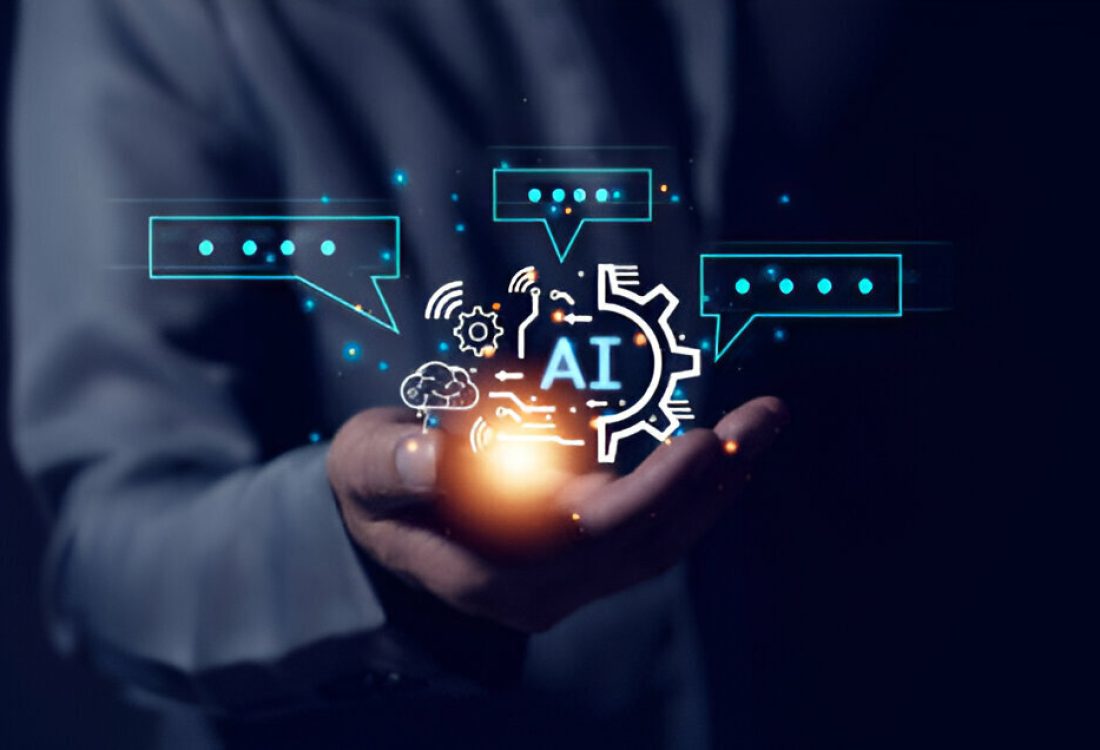Natural Language Processing Advancements and Their Real-World Applications
By Muhammad Zakir Satti | May 03, 2024

Table of Contents
Introduction
In today’s digital age, Natural Language Processing (NLP) has emerged as a key technology that is changing the way we interact with computers and machines. NLP focuses on the interaction between human language and computers, enabling machines to understand, interpret and reproduce human language. The field has seen significant advances in recent years, leading to a wide range of real-world applications that are transforming various industries. Let’s explore the fascinating world of NLP developments and explore their practical applications.
Understanding Natural Language Processing
Natural language processing is a branch of AI (artificial intelligence) that deals with the interaction between computers and human language. It involves the development of algorithms and models that enable computers to understand, interpret, and produce human language in a way that is meaningful and useful. NLP combines computational linguistics, computer science, and artificial intelligence to bridge the gap between human communication and machine understanding.

Advancements in Natural Language Processing
Recent advances in NLP have been driven by the availability of large data sets, powerful computing resources, and advances in deep learning algorithms. One of the most important developments in NLP is the development of transformer models, such as BERT (Bidirectional Encoder Representation of Transformers) and GPT (Generative Pre-trained Transformer). These models have achieved significant performance in various NLP tasks, such as language translation, sentiment analysis, and text generation.
Another important development in NLP is the rise of transfer learning, where pre-trained models are fine-tuned for specific tasks to achieve state-of-the-art performance with less data and computational resources. Transfer learning has democratized NLP research and applications, making it more accessible to a wider audience.

Real-World Applications of NLP
Advances in NLP have paved the way for a wide range of real-world applications in various industries. Let’s explore some of the most influential applications of NLP:
- Virtual Assistant
Virtual assistants such as Siri, Alexa, and Google Assistant leverage NLP to understand and respond to user queries in natural language. These assistants can perform tasks such as setting reminders, answering questions, and controlling smart home devices, making them invaluable tools for increasing productivity and convenience.
- Sentiment Analysis
Sentiment analysis uses NLP to analyze and interpret the emotions and opinions expressed in text data, such as social media posts, customer reviews, and survey responses. Businesses use sentiment analysis to understand customer feedback, monitor brand reputation, and make data-driven decisions to improve products and services.
- Machine Translation
NLP has revolutionized machine translation by enabling accurate and fluent translation between different languages. Platforms like Google Translate and Microsoft Translator use NLP algorithms to translate text and speech in real time, breaking down language barriers and facilitating global communication.
- Chatbots
Chatbots are AI-powered conversational agents that use NLP to interact with users in natural language. Chatbots are used in customer service, e-commerce, and healthcare to provide instant assistance, answer questions, and streamline communication processes. NLP enables chatbots to understand user intent, generate relevant responses, and deliver personalized experiences.
- Text Summarization
NLP techniques are used for text summarization, where long documents or articles are condensed into short summaries while preserving important information. Text summarization algorithms help users quickly understand the main points of a document, saving time and improving information retrieval efficiency.
- Information Extraction
Information extraction involves extracting structured data from unstructured text sources, such as news articles, research papers and legal documents. NLP techniques such as named entity recognition and relationship extraction are used to identify entities, facts and relationships within text data, enabling automated data extraction and analysis.

Conclusion
Advances in natural language processing have opened up a world of possibilities, changing the way we interact with technology and enabling advanced applications in various domains. From virtual assistants and sentiment analysis to machine translation and chatbots, NLP is reshaping the future of communication, information processing, and decision-making. As NLP continues to evolve, we can expect even more exciting developments and applications that will further enhance our digital experiences and empower us to interact more effectively with machines. Embrace the power of NLP and witness its transformative impact on our lives.

Muhammad Zakir Satti
Muhammad Zakir Satti is a blogger who loves to talk about Education, Technology, Philosophical Thoughts, and Culture. Come along with him on a fun journey where you can explore and discover cool stuff in these topics. Get ready for a great time diving into education, tech, philosophy, and culture with him!
Related Post

Posted On 09 December 2023 By Muhammad Zakir Satti

Posted On 09 December 2023 By Muhammad Zakir Satti

Posted On 09 December 2023 By Muhammad Zakir Satti
